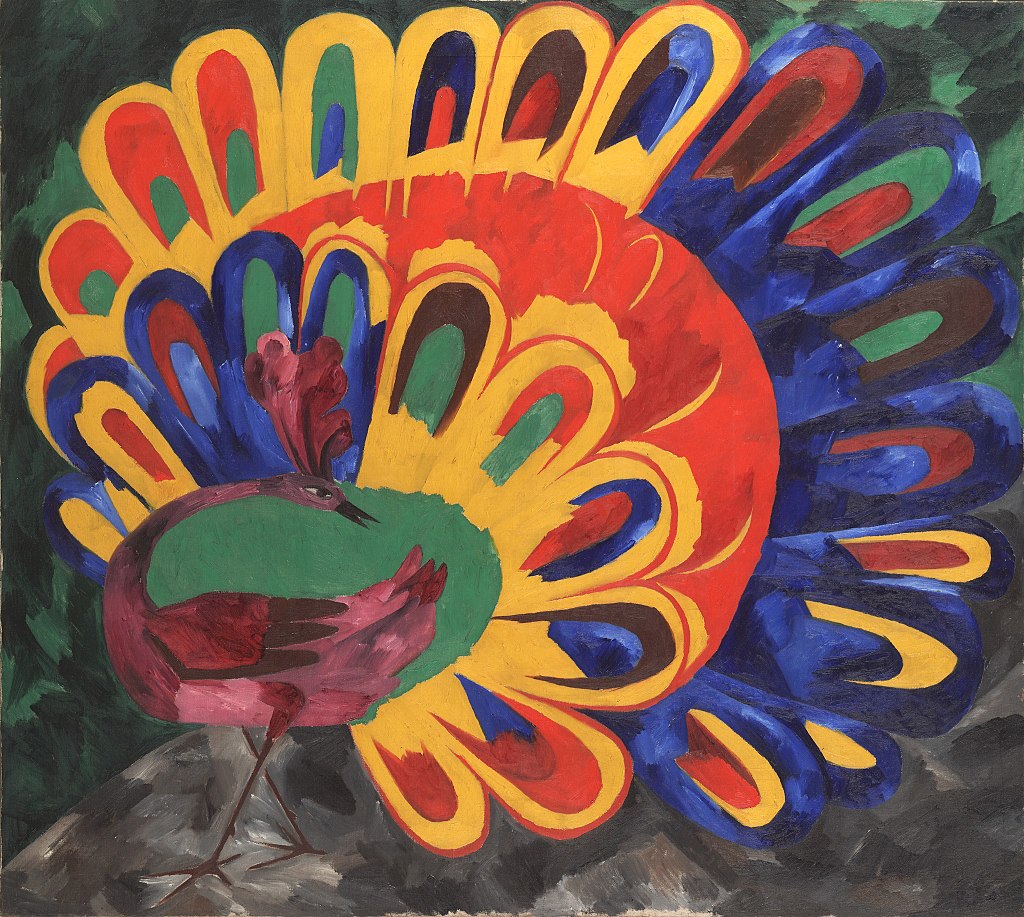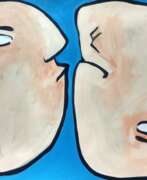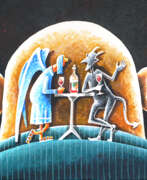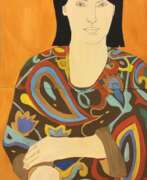Neo-primitivism

Neo-primitivism
Neo-primitivism, an innovative art movement, emerged in Russia around 1908. It represented a fusion of traditional Russian artistic elements with modern European avant-garde styles. This movement was defined by Alexander Shevchenko in his 1913 book "Neo-Primitivism: Its Theory, its Possibilities, its Achievements," marking a deliberate adoption by trained artists of styles and techniques from outside mainstream art practice. Neo-primitivism was characterized by a return to simpler, more 'primitive' art forms, reflecting a desire to reclaim and celebrate national heritage and identity.
Key figures in this movement included Kazimir Malevich and Natalia Goncharova. Malevich, a Ukrainian-born artist of Polish descent and active member of the Russian Avant-Garde, was known for incorporating elements typical of Neo-primitivism in his artworks. His upbringing in rural Ukraine exposed him to traditional folk art, which profoundly influenced his artistic style. Malevich's works, like “Triumph of Heaven” (1907), blend folk art with religious imagery. His later development of Suprematism, characterized by geometric forms and limited color schemes, was another significant contribution to the avant-garde art world.
Natalia Goncharova, another prominent Neo-primitivist artist, was known for her controversial yet iconic artworks. Trained at the Moscow School of Painting, Sculpture, and Architecture, she drew inspiration from traditional Russian folk art and religious iconography. Her works often featured powerful peasant figures and employed a simple, childlike style reminiscent of folk art. Goncharova's "Winter, Gathering Firewood" (1911) is a notable example, portraying the hardships and harmony of peasant life with a muted palette and strong, simple forms.
The movement emphasized the use of rudimentary forms and simple color palettes, rejecting academic techniques in favor of a childlike spontaneity and intuition. This approach was a conscious effort to break free from the perceived constraints of academic art and embrace a more authentic, expressive form of creativity. Neo-primitivist artists often drew inspiration from Russian folk art and Eastern influences, distinctively setting it apart from the European Primitivism that predominantly looked to African and Pacific art for inspiration.
Neo-primitivism, with its unique blend of traditional Russian aesthetics and modernist techniques, represents a significant chapter in the history of art. It not only reflects the artists' search for a national identity but also showcases their innovative approach to integrating the past with the present. For collectors and experts in art and antiques, the works of this movement offer a rich exploration of Russian culture and avant-garde artistry.
If you're intrigued by the fascinating world of Neo-primitivism and wish to delve deeper into its history and artworks, consider signing up for updates. This subscription will keep you informed about new discoveries, sales, and auction events related to this distinctive art movement.
| Country: | Russia, Russian Empire |
|---|---|
| Start of the period: | 1913 |





